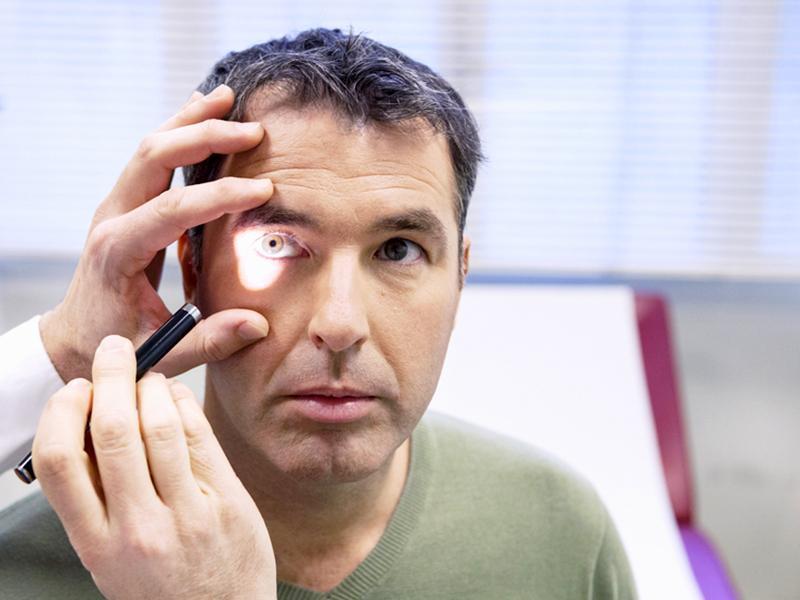Lacrimal Disorders & How to Treat Them in Northern Virginia

Swelling, redness, itching, and increased or reduced tearing are all signs of lacrimal disorders. These conditions are caused by interference in the production or drainage of tears and include dry eyes, wet eyes, bacterial conjunctivitis, and chalazion.
DRY EYES
Dry eyes occur when the protective film over the eyeball is compromised. Its often caused by environmental irritants such as cigarette smoke, dry air, wind, dust, and sun.
Patients with dry eyes may present with blurred vision, stinging, itching, light sensitivity, or the feeling of particles in the eyes.
Management of lacrimal disorders like this are ongoing and treatment includes artificial tears, ointments, and the combination of soft contact lenses and artificial tears.
WATERY EYES
In contrast, watery eyes occur when there is a blockage in the nasolacrimal duct which carries tears to the nose. As a result, tears cannot properly drain and spill onto the face.
This disorder can cause mucous build-up and may lead to an infection. Oral antibiotics are usually the first line of treatment, followed by surgical repair of the blocked duct.
BACTERIAL CONJUNCTIVITIS (PINK EYE)
Bacterial conjunctivitis is inflammation of the conjunctiva the membrane that protects eyes. It is most often caused by staphylococcus, streptococcus, and H. influenza bacteria and can result in swelling, yellow discharge, and itching of the lids.
While this lacrimal disorder is highly contagious, it can be effectively treated with antibiotic drops and warm compresses. In addition, patients can prevent bacterial conjunctivitis with proper handwashing and avoidance of infected individuals.
CHALAZION
Similar to a stye at first, a Chalazion is a firm swelling of the eyelids and is caused by an obstruction in the tear-producing glands. Patients affected with this condition may experience inflammation in the upper or lower lids that is initially tender, but later presents as a painless bump.
While the origin of gland blockage is unknown, chalazia usually heal on their own. Hot packs and drops can help recovery and, if necessary, they can be drained in-office with minimal pain and no downtime.
For additional information on lacrimal disorders, please call (571) 203-1300 or visit us online to schedule an appointment.
